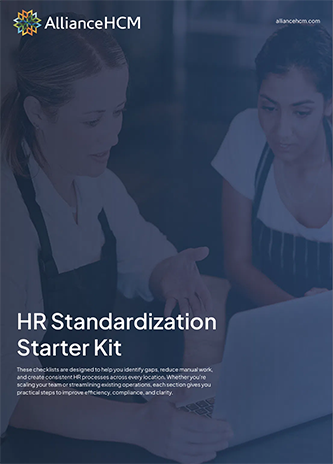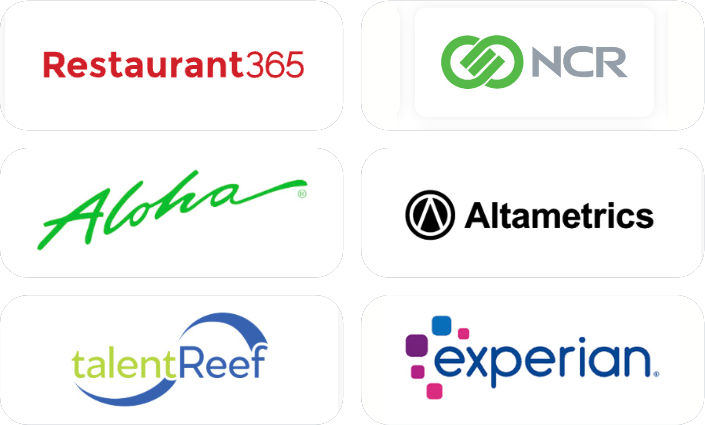Are you looking to redefine your workplace flexibility?
Workplaces that offer flexibility are much more attractive to potential employees and can be more efficient than their more rigid competitors.
So, let’s look at how you can improve your business’s workplace flexibility.
Redefining Workplace Flexibility is a Mentality
If you’re going to truly redefine workplace flexibility, then you’ve got to commit to it wholeheartedly. It’s got to become a key part of your business culture, and something you champion.
When you do this, you’ll find there are endless benefits of flexibility in the workplace, not least:
- Improved employee morale
- More efficient workers
- Lower turnover rates
These are some excellent benefits, but to achieve them, you’ve got to have the right systems in place.
So, let’s look at some examples of flexibility in the workplace you can implement in your business.
4 Workplace Flexibility Best Practices
We’re going to run you through the most important steps you need to take to ensure flexibility and adaptability in the workplace.

1. Put Clear Policies in Place
Your goal might be to allow your employees to work whenever they want from wherever they want, but there has to be a high level of organization underpinning things.
This is where your human resources team will have to come up with comprehensive policies that govern how flexible work functions in your business. People work best when they understand what’s expected of them, and they can’t hope to do this if you don’t have good policies in place.
2. Effectively Train Employees
Thriving under flexible work conditions requires a distinct skill set.
There’s a much greater responsibility to manage your own time and self-motivate when working from home, and they’re not skills that come naturally to everyone. If you’re going to promote a flexible workplace, then you need to make sure you’re equipping your employees with the skills they need to get the most out of it.
These are skills everybody can learn, so make sure they’re a big part of your employee training.
3. Understand How You Will Track Employee Performance
In many traditional businesses, employee performance is measured by time spent at work.
This really isn’t a good gauge of employee output, and it also becomes difficult to track once your workforce is no longer office-based. When you switch to greater workplace flexibility, this means you’ll need a clear picture of how you track and measure employee performance.
You may still wish to implement time tracking, but you might also want to switch to a more output-based system.
4. Make Time Management Simple
You want to ensure that your employees have access to everything they need to maximize their time.
Whether that’s ensuring you have the right payroll integrations and applicant tracking systems, or putting high-quality cloud infrastructure in place, this is a key element. Your employees need instant access to everything they would have in the office, if not, then your flexible workplace isn’t going to be efficient.

FAQs: Workplace Flexibility
What is meant by workplace flexibility?
Workplace flexibility often refers to a business setup where employees have flexibility over where and when they work. They might choose to work hours outside the standard 9-5 day or work from home two days a week. A flexible workplace allows employees to have greater choice over their schedules while still offering the tools they need to excel at their jobs.
Why is flexibility important in the workplace?
Flexibility is important in the workplace because it’s something many candidates are looking for. The ability to control one’s schedule is hugely valuable, so businesses that offer flexible work have an advantage over their competitors that don’t.
What is flexibility and adaptability in the workplace?
Flexibility and adaptability in the workplace is a business’s ability to offer flexibility and adaptability to its employees. This might mean allowing them to work from home, or alter their schedules around their day-to-day lives.
Now Get Set Up for a Flexible Workplace
It’s possible to implement workplace flexibility and boost the efficiency of your employees, however, it’s also possible to go the other way.
If you fail to put the right systems in place, then workplace flexibility can lead to a complete breakdown in organization. That’s why you need a great HR team on your side that has experience in transforming workplaces to become more flexible.
For a helping hand in setting up your flexible workplace, reach out to the experts at AllianceHCM.





